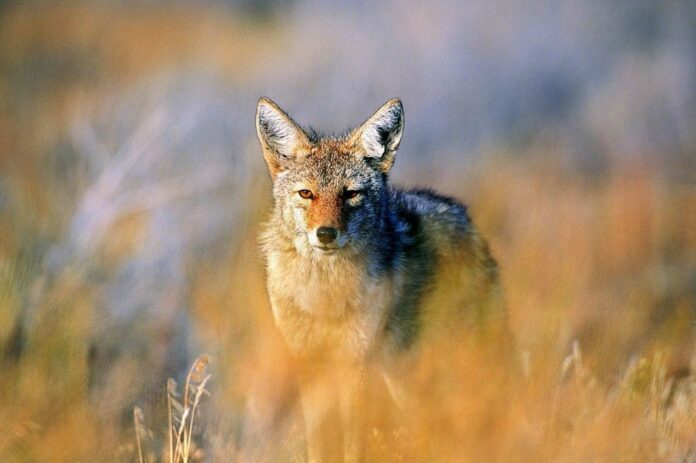Can cats and coyotes co-exist?
Human-wildlife conflict tends to increase as urban areas continue to encroach on natural habitats. While some animals actively shun human interaction, other species benefit from metropolitan environments.
Coyotes, in particular, are often seen near human settlements and as a major source of conflicts between people and wildlife.
These city predators have evolved to eat a variety of human foods, including waste, exotic fruits, and domestic animals.
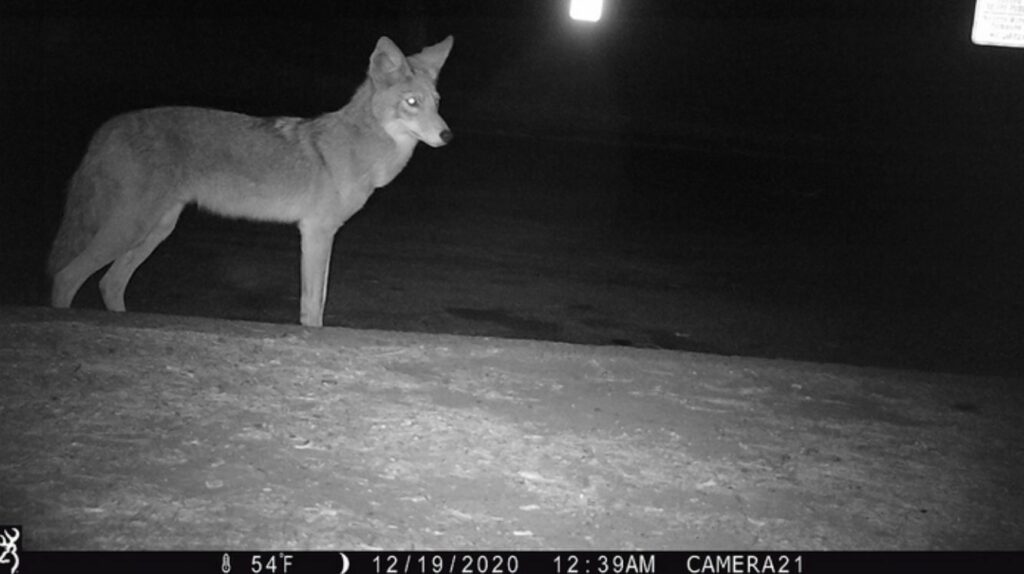
Because of this, city dwellers often worry about the security of their pets, particularly outside cats. Is it possible to keep these two species from fighting with each other as much as possible in a city?
From Seattle to New York, studies all over the United States have shown that cats make up less than 5% of a coyote’s diet.
So, why do studies of coyote diets in Los Angeles show that cats make up almost 20% of their food? Residents of the Los Angeles suburb of Culver City reported that 72 cats were killed by coyotes over the course of 18 months.
Recent research undertaken by Rebecca Davenport and her colleagues at the Center for Urban Resistance (CURes) at Loyola Marymount University may provide the first insight into this anomaly.
This month, the study “Spatiotemporal relationships of coyotes and free-ranging domestic cats as indicators of conflict in Culver City, California” was published in the peer-reviewed scientific journal PeerJ – Life and Environment.
Davenport et al. (2022) mounted 20 motion-sensor cameras in parks, neighborhoods, and green spaces in Culver City to track the presence of cats and coyotes over a period of six months.
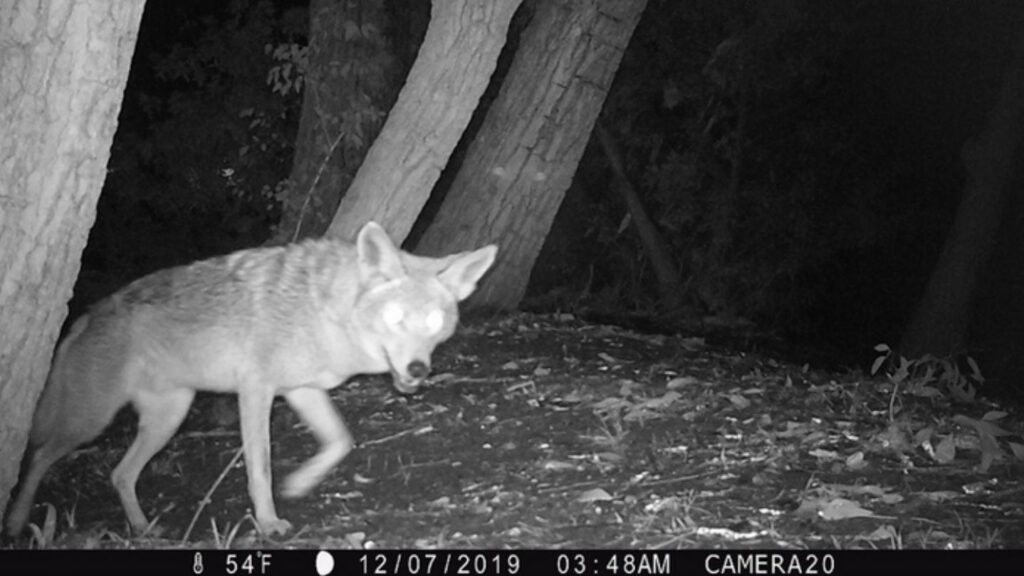
Davenport et al. found the same thing as other studies: coyotes prefer green spaces to cities and/or neighborhoods. However, cats showed no preference for a certain habitat type.
This result is rather unexpected, given research conducted in Chicago and North Carolina revealed that cats favor urban environments and avoid coyote-populated regions.
Instead, cats and coyotes lived in the same bits of green space in Culver City. Additionally, compared to urban cats, cats in this Los Angeles suburb showed increased nighttime behavior.
These surprise findings could be the reason Culver City has seen such a high number of cat deaths.
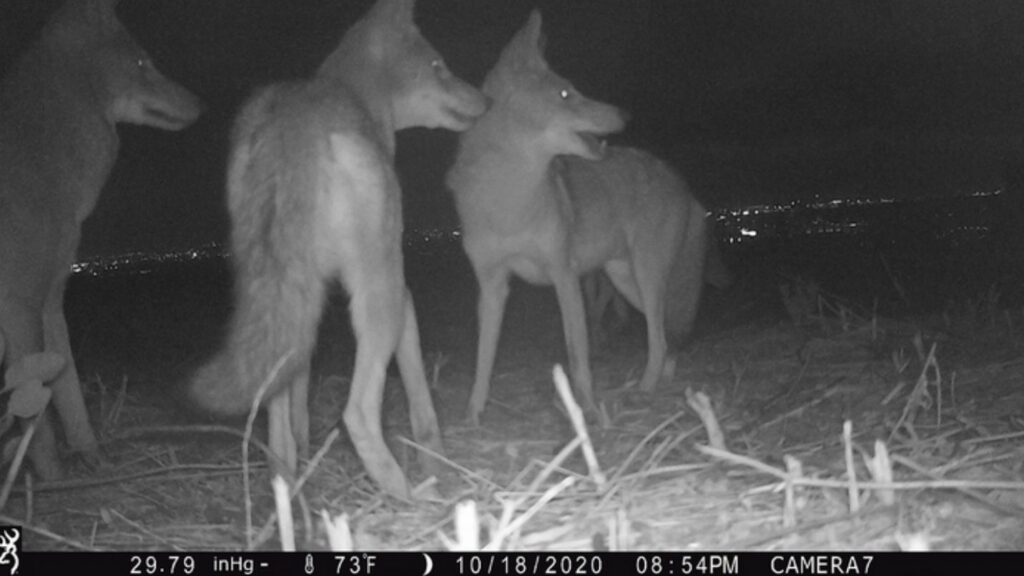
The general belief among locals is that coyotes deliberately hunt down pets in their areas. Davenport et al. (2022), on the other hand, contend that coyotes typically stay in rural areas close to cities.
Cottontail rabbits, for example, are a common prey source for coyotes in urban green spaces. Therefore, it is doubtful that coyotes will leave their preferred habitat of green space to seek out domestic pets.
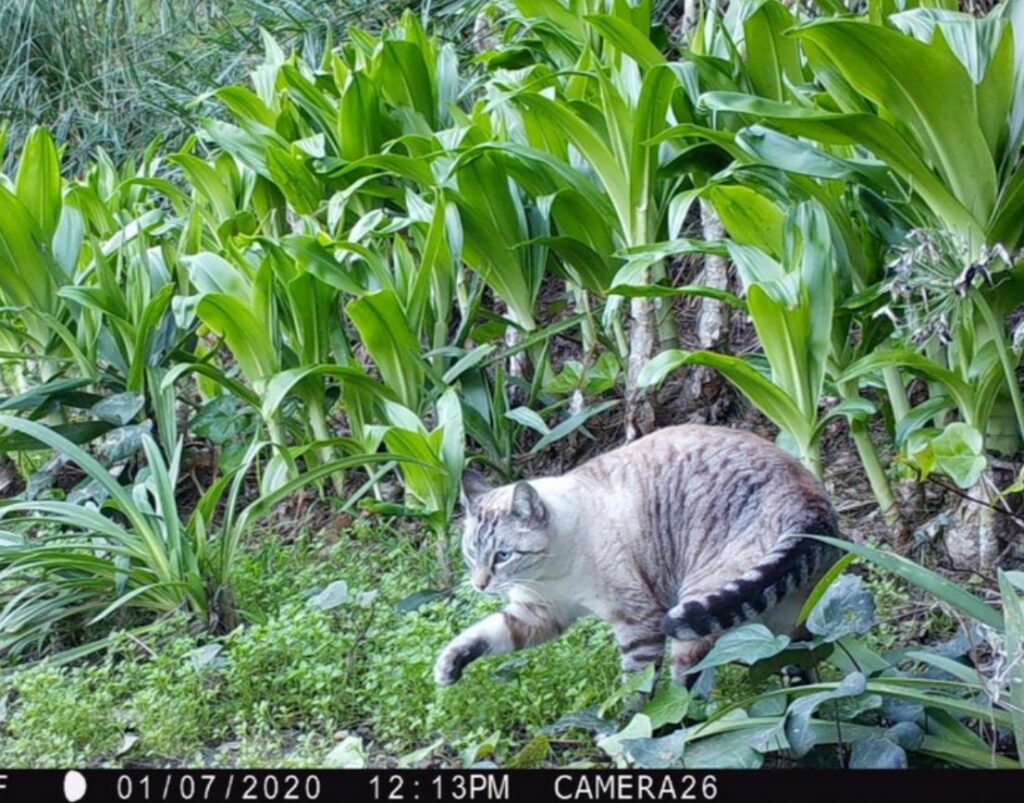
As opposed to cats in other areas, cats in Culver City may exhibit higher levels of nocturnality due to their freedom to roam around urban green spaces.
Because coyotes are viewed as a source of conflict in urban environments, numerous management measures are aimed at controlling or eradicating “problem” coyotes.
Coyotes are endemic to these surroundings, but Davenport et al. (2022) note that domestic cats have been widely introduced to both urban and rural regions across the country.
Cats, like songbirds and small mammals, have been shown to be very bad for the populations of native species. Davenport et al. (2022) advise management efforts to take outdoor cat limits or control measures in light of these ecological repercussions rather than concentrating only on the role of coyotes in urban human-wildlife conflict.
For the past three years, the CURes team has been investigating urban coyotes in Culver City and is presently compiling additional analyses.
Source: 10.7717/peerj.14169
Image Credit: Getty
You were reading: New Study Reveals A Surprisingly Weird Behavior Of Coyotes Living in Los Angeles Suburb
